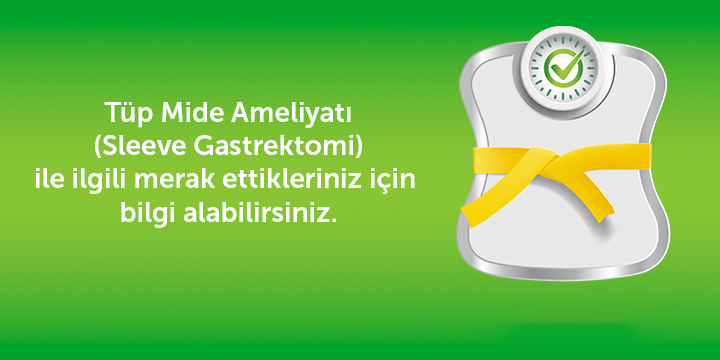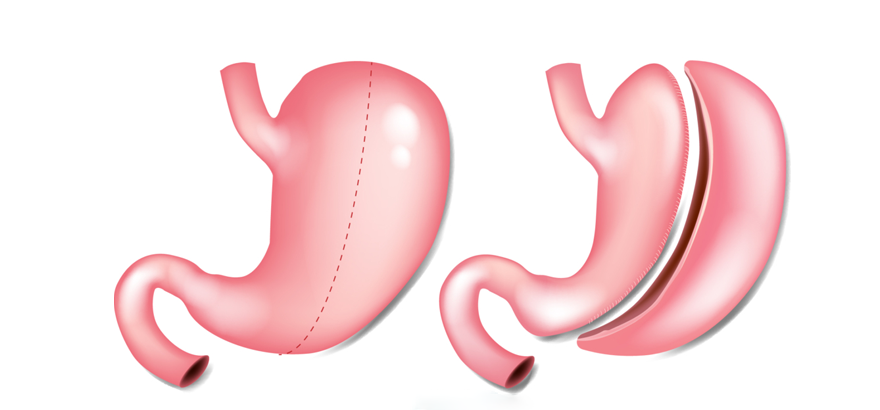Sleeve Gastrectomy surgery is the surgical process of turning the stomach into a tube (tube). When the digestive system is examined, it is seen that almost all organs of this system are tubular. The esophagus, the intestines, these are all organs in the form of elongated tubes. The stomach, which is an exception in this system, is in the form of a sac, not a tube, so that it can take more food and create storage. Gastric sleeve surgery is surgery to remove a large part of the stomach irreversibly and turn it into a system that continues with the continuation of the esophagus and the intestines.
A tube or other foreign body is not inserted into the stomach. Since the shape of the stomach is similar to the shape of a tube, it is called sleeve gastrectomy surgery. The only effect of sleeve gastrectomy surgery is not to reduce the volume of the stomach. While the stomach is reduced to a tube shape, it also has a serious effect on the hunger hormone secreted from the stomach. The desire for food decreases, the brain feels less hungry, so sleeve gastrectomy surgery creates not only a mechanical effect, but also a hormonal effect.
Sleeve gastrectomy is primarily a treatment for morbid obesity. Many diseases that accompany morbid obesity, including type 2 diabetes, benefit greatly from this surgical treatment. However, the success of bypass group surgeries is higher in cases where the main target is not obesity but type 2 diabetes. In addition, sleeve gastrectomy surgery can be used as a transition surgery in patients with severe obesity. Gastric sleeve surgery can be used to prepare severely obese patients for bypass group surgeries.

You can get rid of your excess weight with sleeve gastrectomy surgery.
#sleevegastrectomysurgery.
What is Sleeve Gastrectomy (Tube Stomach) Surgery?
Gastric sleeve surgery is an operation performed under general anesthesia. Gastric sleeve gastrectomy surgery is almost always performed with closed laparoscopic methods. Depending on the surgeon and the patient, it can be done from a single hole or through 4-5 holes or even with a robot. Since the holes are very small, it does not cause problems in the future in terms of aesthetics. In order not to make a mistake during the surgery and not to make the stomach too small, a calibration tube is placed at the stomach entrance, equal to the diameter of the esophagus. Thanks to this calibration tube, the stomach is reduced as if it is a continuation of the esophagus, and excessive stenosis and obstruction are prevented. After taking precautions regarding vascularization and bleeding, the stomach is cut from length to length with special cutting and closing tools (stapling). After the procedure is finished, the calibration tube placed at the beginning of the surgery is removed. During the surgery, one or more different techniques are used to test for leaks. Similar tests can be done after surgery.






